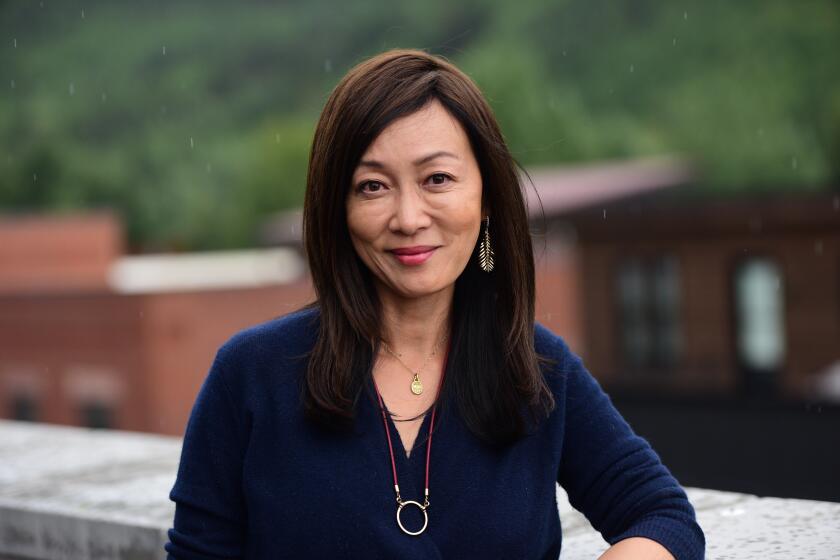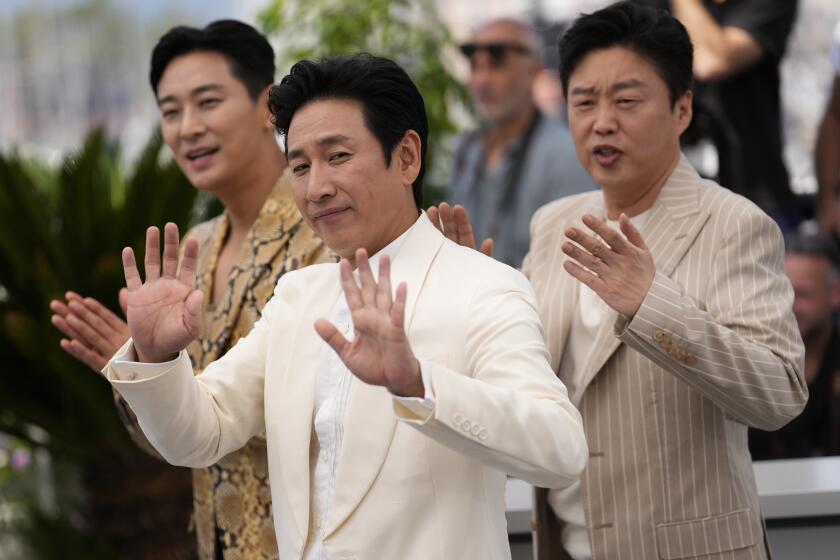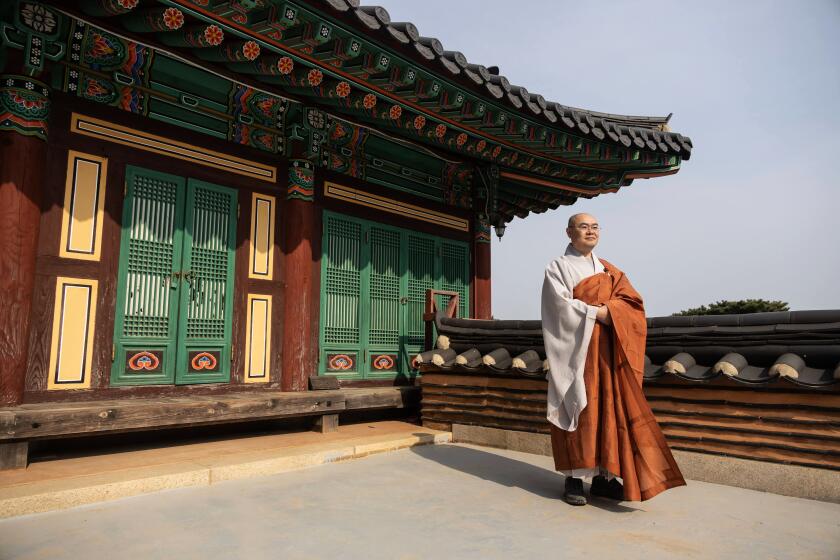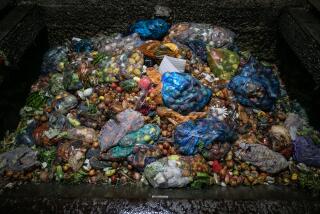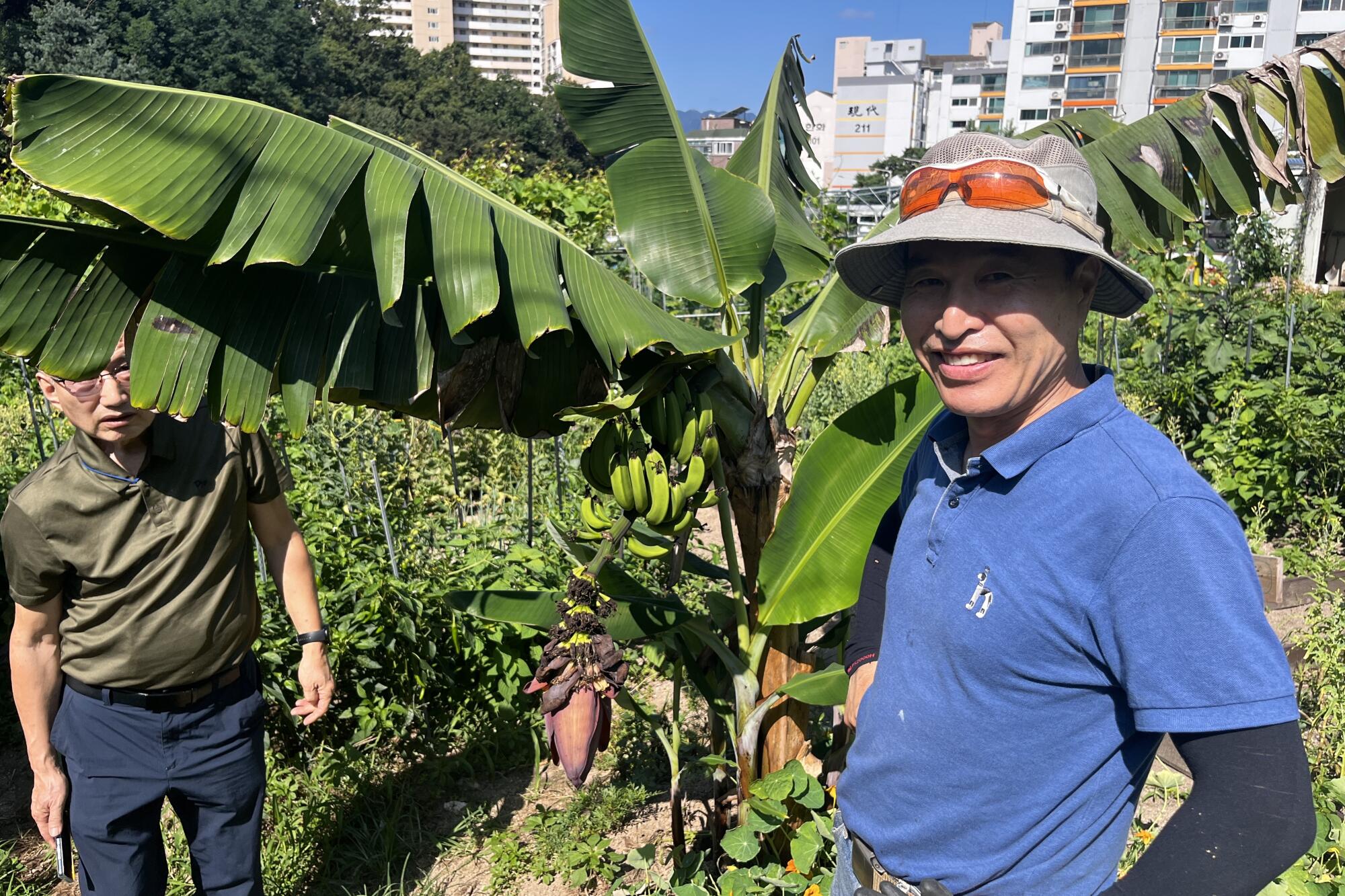
- Share via
SEOUL — As a math teacher, Oh Young-rock used to jokingly tell his students that South Korea’s temperate climate would one day become so tropical that bananas would grow in the mountains and monkeys would swing from the trees.
This summer, it seemed to him that his prophecy was coming true.
Ten years ago, after leaving teaching to start a landscaping business, Oh had planted a banana sapling a friend had given him at a community farm he helped run in north Seoul. Every winter, he would move it indoors before replanting it outside in the spring.
It had taken seven years for the plant to flower. Then in late June, the flowers finally gave way to a mass of curled green fingers: the unmistakable shape of bananas in a bunch.
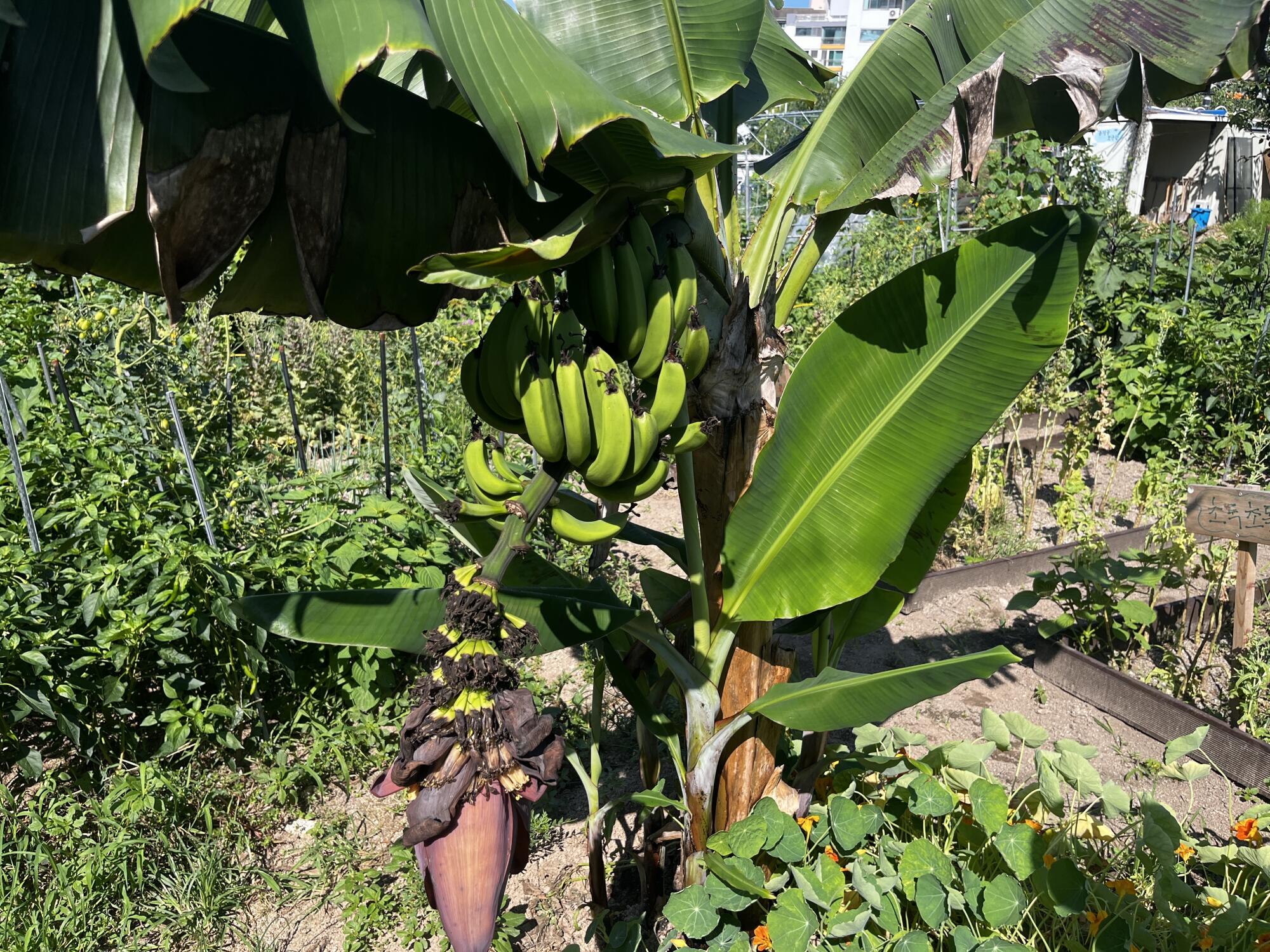
“I’m almost certain it’s the first case of a banana plant bearing fruit in outdoor conditions in Seoul,” Oh said.
In early July, after he shared the news with a reporter from a local newspaper — which ran a story headlined “Not in Southeast Asia but in Seoul… Banana plant bears fruit at a weekend farm” — the unripe bananas became a small sensation.
“This is visual evidence of rising temperatures on the Korean peninsula,” Oh had told the reporter.
Dozens of people visited the farm each day, whispering in awed tones, “It’s here.” Parents snapped photos with their children. One woman traveled over an hour from a different city, timidly hovering near the entrance before eventually telling Oh that she had come to see the bananas.
In one of the worst housing markets in the world, these apartments are $7 a month.
On a hot morning in mid-July at the community farm, a patch of lush green ringed by high-rise apartments, Oh inspected his bananas’ progress: still unripe but noticeably fatter.
“It’s hard to just be happy about it, considering that it’s a sign of climate change,” he said.
“We’ve got the bananas. Now all we need are the monkeys.”
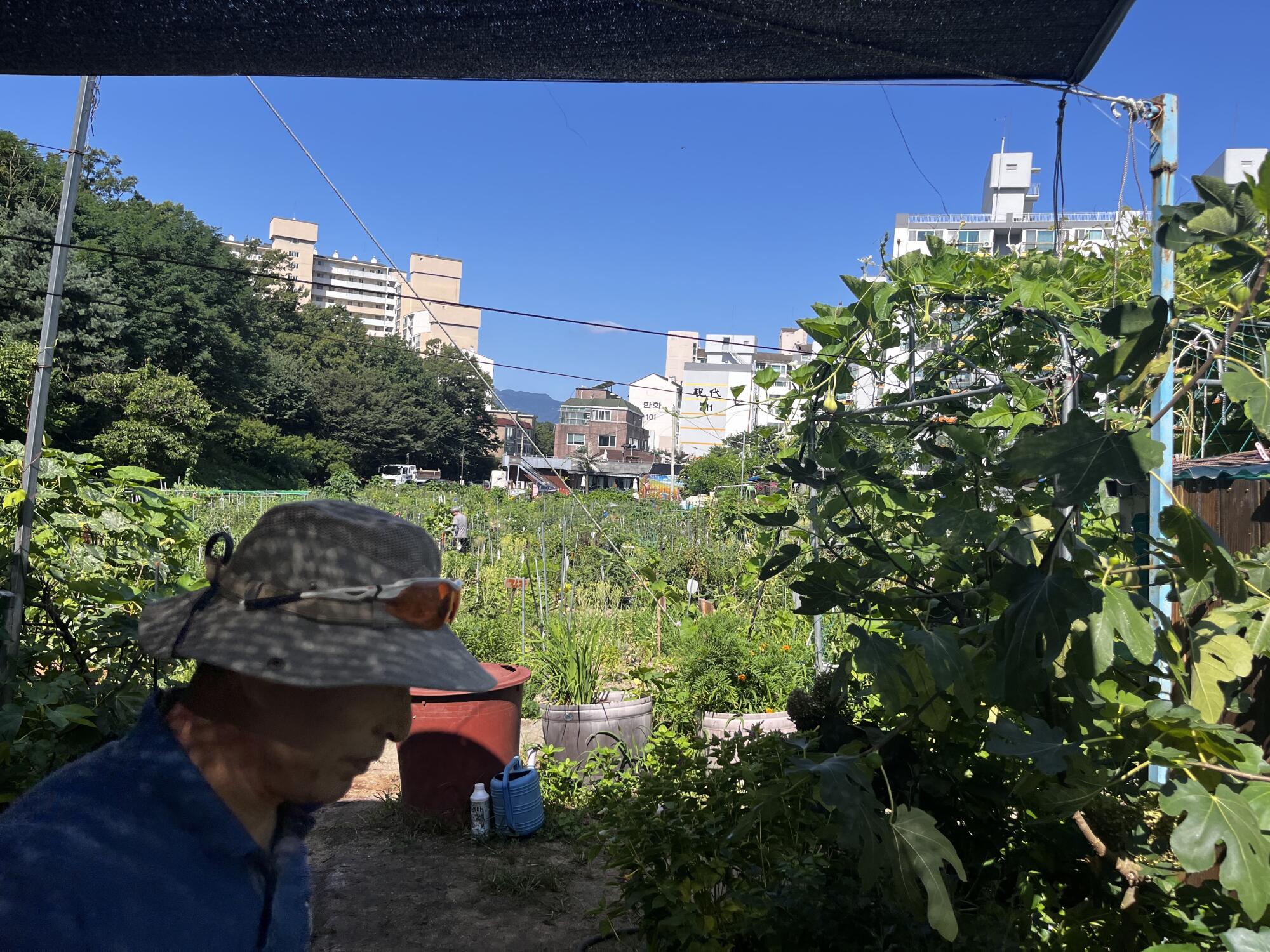
Food systems around the world are already being altered by climate change.
Rising temperatures have contributed to increasingly severe droughts in many countries, with many of the worst hit in Africa, where yields of staple crops such as maize have been decimated and hunger is rising.
For countries such as Russia, the warming has partly been a boon, unlocking tracts of land once too cold for farming and helping the country become the world’s largest exporter of wheat.
It’s a stark example of how agricultural systems, reshaped by a warming climate, can have profound geopolitical consequences: Russia has wielded its grain primacy to gain advantages in its war against Ukraine and to expand its footprint in Africa, which has long depended on it for wheat.
In South Korea, a country slightly larger than Indiana, rising temperatures are pushing the production of fruits such as apples and clementines northward as well as boosting the commercial cultivation of tropical fruits.
Although South Korea has for decades imported most of its bananas from Southeast Asia, those grown locally in greenhouses are making a comeback — now that farmers can spend less on heating costs.
“Most Korean people still probably don’t personally feel the effects of climate change because everyone has air conditioning,” Oh said.
The arrest of a former CIA agent for allegedly working for South Korea has intelligence experts asking: Why were her handlers so sloppy?
“But we farmers do because we can see how our plants respond to these changes.”
Meanwhile, the elusive outdoor-grown banana has become something of an urban legend that speaks to deeper anxieties about the climate — an uncanny sign that the natural order has been upset.
But so far, it has existed only in news headlines.
In June 2017, a local Facebook page in the southeastern city of Daegu posted photographs of a fruiting banana plant in front of a residential house with the caption: “It’s honestly a little frightening.”
Several major news outlets rushed to interview the owner, who speculated that it might have been because that May was unusually hot. One local agriculture official mused whether the city might someday be able to mass-produce outdoor bananas.
Two more banana sightings followed that year: one in the southwestern city of Gwangju and another in the island province of Jeju.
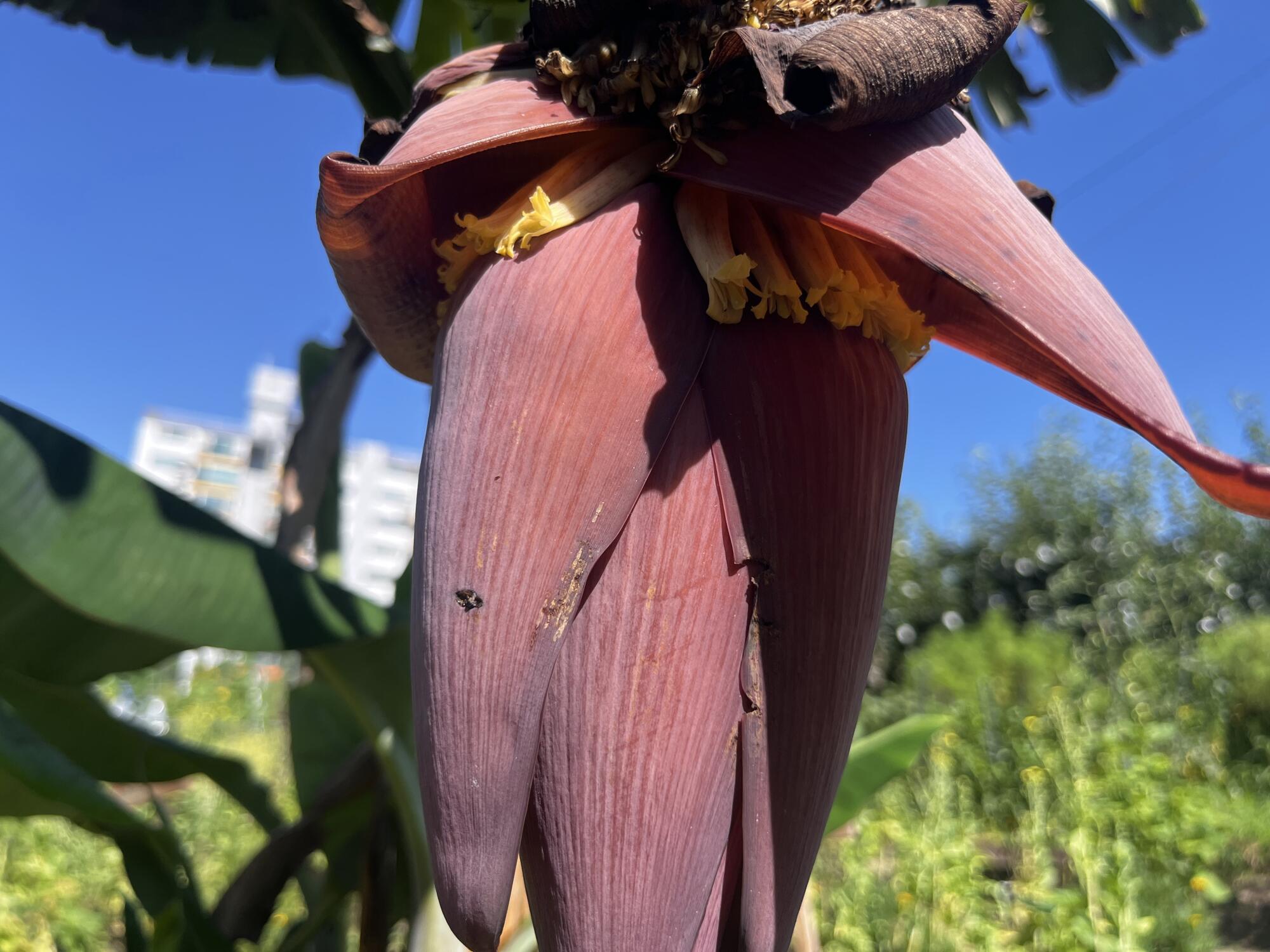
But all three turned out to be false alarms.
In a news release issued to address the buzzy sightings, the country’s agricultural authority stated that they were probably hardy bananas — an inedible ornamental cultivar easily grown in cooler climates, distinguishable by the yellow hue of their flower buds rather than the reddish coloring of those on edible tropical varieties.
The release stressed that South Korea’s climate was still too cold for edible bananas to grow outdoors.
“I put a lot of effort into fertilizing it because I wanted to try eating a banana I grew myself,” one disappointed owner told reporters.
But Oh’s bananas were definitely the edible variety.
The friend who had given him the banana sapling had told him it was a Cavendish, the tropical variety most commonly eaten today. This was confirmed by its flower bud, which was red.
A movie star known for the Oscar-winning ‘Parasite’ got caught up in South Korea’s anti-drug fervor. He maintained his innocence until the end.
And since the trio of hardy banana sightings seven years ago, South Korea has seen several record-breaking heat events. June was officially the hottest on record.
Was Oh’s bunch of bananas indeed a sign that a critical tipping point had finally been reached?
Not so fast, says Kim Seong-cheol, a climate change researcher at the National Institute of Horticultural and Herbal Science in Jeju province.
“If you take the banana plant inside during the winter and only take it out when it’s warm, that’s more or less the same thing as just growing it in a greenhouse,” he said.
“Commercial greenhouse bananas here aren’t given any artificial heating in the summer either.”
Although it is true that higher temperatures this summer probably played a part in Oh’s banana finally fruiting after a decade of dormancy, he emphasized that an edible banana growing entirely outdoors in South Korea remained “absolutely impossible.”
As climate science suggests, extreme cold will continue to occur even as overall temperatures rise. Seoul’s average low in January was around 25 degrees Fahrenheit — enough to doom any outdoor banana plants.
Three monks, a horde of reporters and 20 singles looking for love walked into a Buddhist temple in South Korea.
“For a banana to grow outdoors here, it means the temperature would have to be a minimum of 15 degrees Celsius (59 Fahrenheit) all winter,” Kim said.
“But the day that happens, the summers will be so hot that everyone will be dead. Or we will be living underground.”
By mid-July, the stream of visitors had slowed and it was just Oh and his bananas.
Regardless of what they proved or didn’t, the amateur botanist in him had diligently cared for the plant, feeding it fertilizer with amino acids.
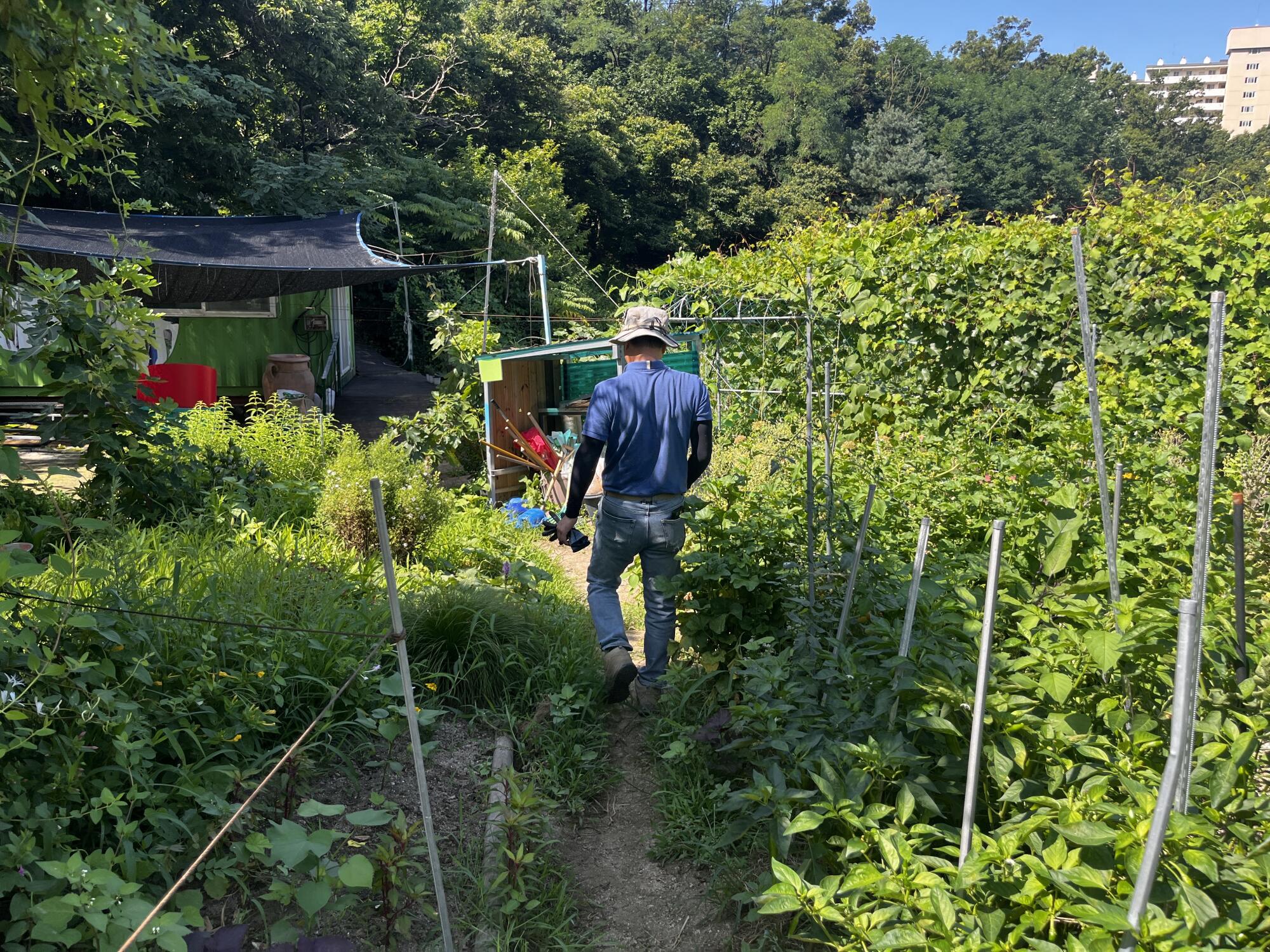
“I’m thinking I should do some more reading and studying about them,” he said.
Still, Oh couldn’t shake the feeling that something wasn’t right.
“The one thing that’s certain is that the banana plant bearing fruit isn’t a good thing,” he said.
“It’s at least a small sign that people have damaged the Earth too much in pursuit of our own interests. I only hope that a bigger sign doesn’t appear.”
The sun beat down.
And Oh crumbled the dirt around his plant, wondering whether the bananas would taste any good.
More to Read
Sign up for Essential California
The most important California stories and recommendations in your inbox every morning.
You may occasionally receive promotional content from the Los Angeles Times.

